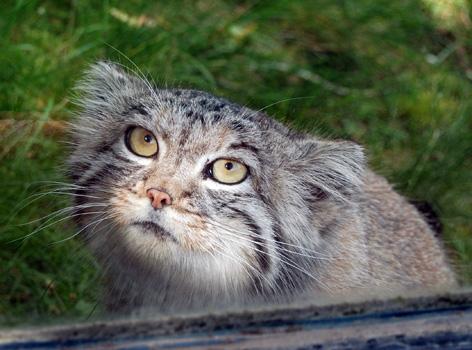Abstract

Due to a large number of felid species being endangered they are subjects of conservation projects both in situ and ex situ. Keeping felids in zoos are problematic with stereotypic behaviours such as pacing and reproduction difficulties often occurring.
The aim of this study was to review research and zoo husbandry knowledge about which resources are most important for the welfare of zoo kept felids, and in addition perform behavioural observations in seven felid species in four Swedish zoos to try to find an order of priority of resources. Observations were performed during opening hours in 36 sessions per species and zoo.
The results showed that studies of felid resource usage are missing. Zoo husbandry practice is probably based mainly on traditions and anecdotal knowledge. The observations showed that except for minor differences felids behave similarly regardless of species, but the use of resources varies. Small felid species seems to be hiding rather than pacing as a way of coping. Elevated resources and areas as well as numerous hiding places are important to felids but many factors might affect the choice of resting places. Therefore it is important to provide the felids with multiple choices. It is also important to evaluate both species and individuals when designing enclosures and providing resources.
More multi-institutional studies with large number of individuals of all zoo kept felid species are needed to gather knowledge about felids needs and preferences of resources.
Responsible for this page:
Director of undergraduate studies Biology
Last updated:
05/10/16
